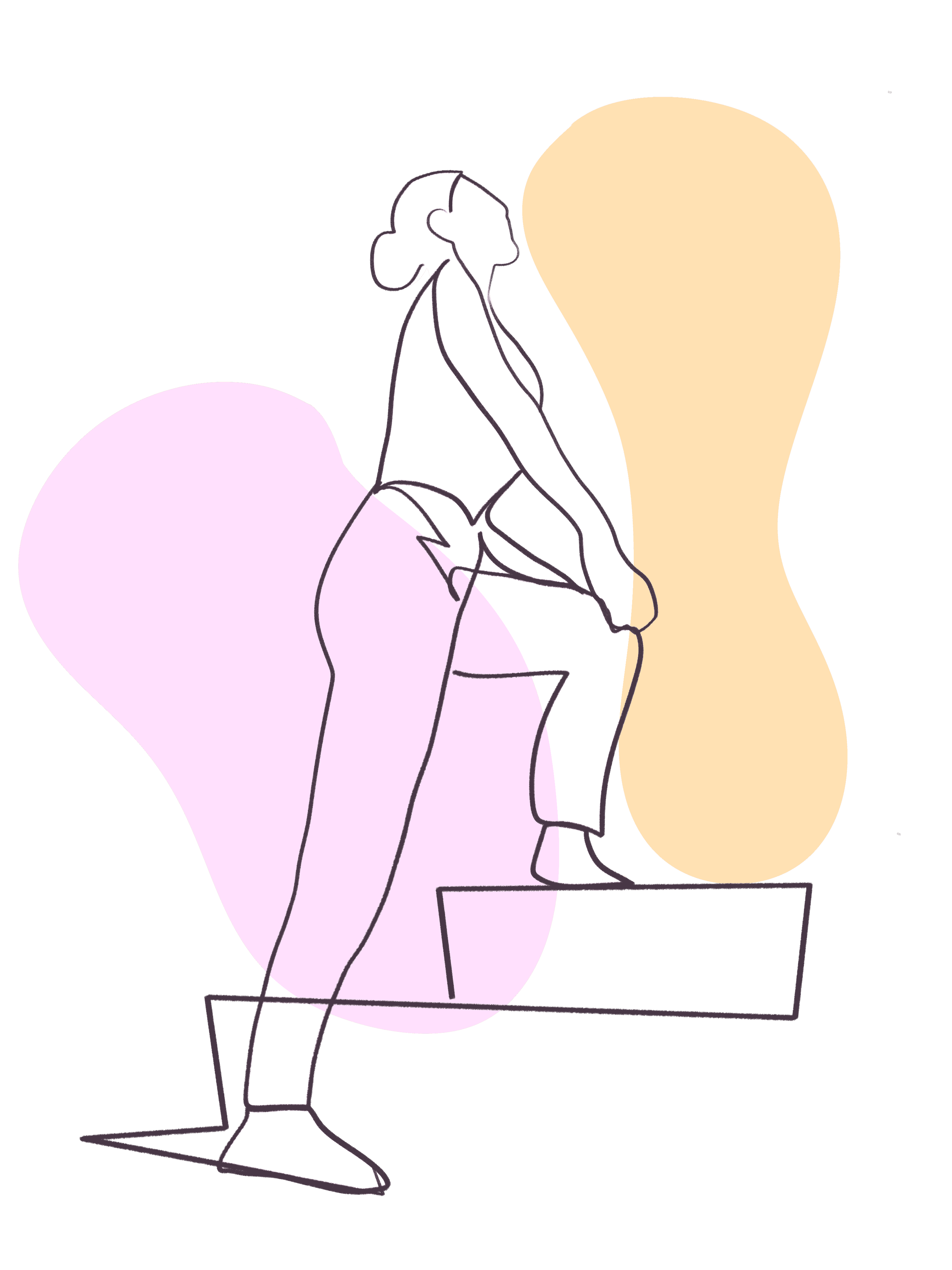Prolapse
Pelvic organ prolapse is often something we don’t know exists until it happens to us. Prolapse occurs when the bladder, uterus, or rectum change position and sits lower in our pelvis. This is due to strained or weakened pelvic tissue, combined with too much internal pressure.
Prolapse can be experienced as a sensation of heaviness, fullness, movement, or pain in the pelvis. We can notice tissue at the opening of the vagina or anus that wasn’t there before. We may experience pain with penetrative sex, during pelvic exams or back pain. Prolapse can also affect how it feels to empty our bladder or bowels or change how effectively they can do their jobs (usually incontinence or an inability to feel fully empty).
Each person has an individualized prolapse experience. In fact, how big the prolapse is has no direct relationship to our symptoms. There are a lot of contributing factors!
Recovery from prolapse typically involves several stages:
Understanding exactly what is happening in your body (thorough assessment)
Optimizing pelvic and abdominal muscle function (strength and coordination)
Conditioning the body to tolerate pressure and impact (graded exposure)
Slowly building our capacity up to do our meaningful activities (challenge the fear)
Sometimes we can require further medical intervention to achieve symptom relief. This can involve using a pessary (an internal orthotic device that supports our pelvic tissues) or having surgery. These are valid options and are often optimized by engaging in pelvic physio along the way.






